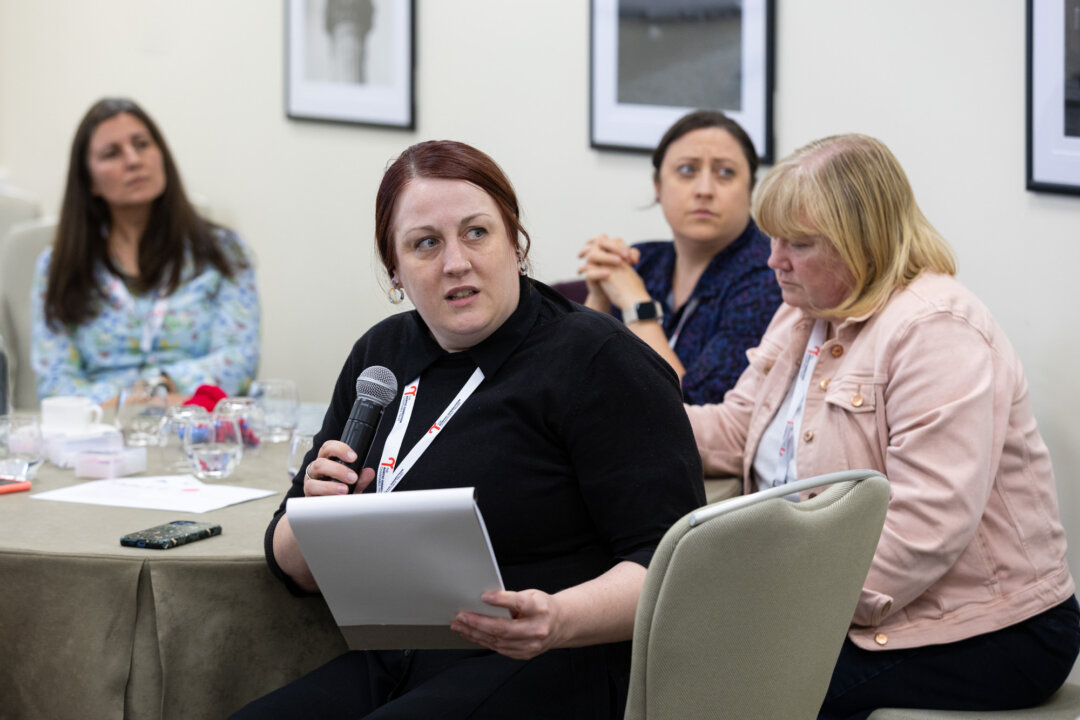Reviewing Research Documents and Providing Feedback
As a Patient and Public Involvement (PPI) member, you may be asked to review research documents and provide feedback. This could include funding applications, study proposals, patient information sheets, or research summaries. Your input helps ensure that studies are patient-centred, accessible, and relevant to those affected by aortic dissection.
Providing feedback may seem daunting at first, but your lived experience is valuable, and there is no right or wrong way to approach it. Below are some practical tips to help you review research materials effectively.
Where to Start
✔ Read the plain English summary first
Most research proposals include a plain English summary that explains the study in clear, non-technical language. This is a great place to start, as it gives you an overview of the study’s purpose, aims, and expected impact.
✔ Check for public involvement
Look at how researchers have planned to involve patients and the public. Have they consulted people with lived experience? Does their approach make sense? If not, you can suggest ways to strengthen patient involvement.
✔ Take notes as you read
Use highlighters, sticky notes, or digital annotation tools to mark key points or sections that stand out. If something isn’t clear, note your questions or concerns so you can include them in your feedback.
✔ Break it down into sections
Research proposals can be lengthy. Take your time and focus on one section at a time. If a part seems difficult to understand, don’t panic – researchers expect questions and welcome feedback from a patient perspective.
Key Questions to Consider
As you review the document, ask yourself:
Is the research important? Does it address a real issue for people with aortic dissection?
Is it realistic? Can the study be carried out effectively, or are there potential challenges?
Is the public involvement meaningful? Are patients involved at every stage, or just as an afterthought?
Does the study consider patient needs? For example, if it involves hospital visits, have researchers considered travel difficulties or time commitments?
Would you take part in this research? If not, what concerns would you have?

Providing Constructive Feedback
Your feedback should explain your perspective clearly and help researchers improve their study. Here are some tips for giving useful feedback:
✔ Be specific – Instead of saying, “This section is unclear,” explain what is confusing and suggest how it could be made clearer.
✔ Balance strengths and weaknesses – If something is done well, highlight it. Positive feedback is just as important as constructive criticism.
✔ Justify your opinions – If you think something is a weakness, explain why. If you have ideas for improvement, include them.
✔ Keep your feedback clear and concise – Use plain English and avoid jargon where possible.
✔ Make sure it’s actionable – Your feedback should help researchers make real improvements, so suggest practical solutions where possible.
You’re Not Alone
If you come across terms or sections that you don’t fully understand, don’t worry. Other reviewers, including researchers and healthcare professionals, will focus on different aspects of the proposal. There are glossaries available in this resource if you want to look up scientific terms.
Over time, reviewing research documents will become easier and more familiar. Your perspective as a patient, carer, or public contributor is unique and invaluable – you help ensure that aortic dissection research is accessible, relevant, and focused on real patient needs.